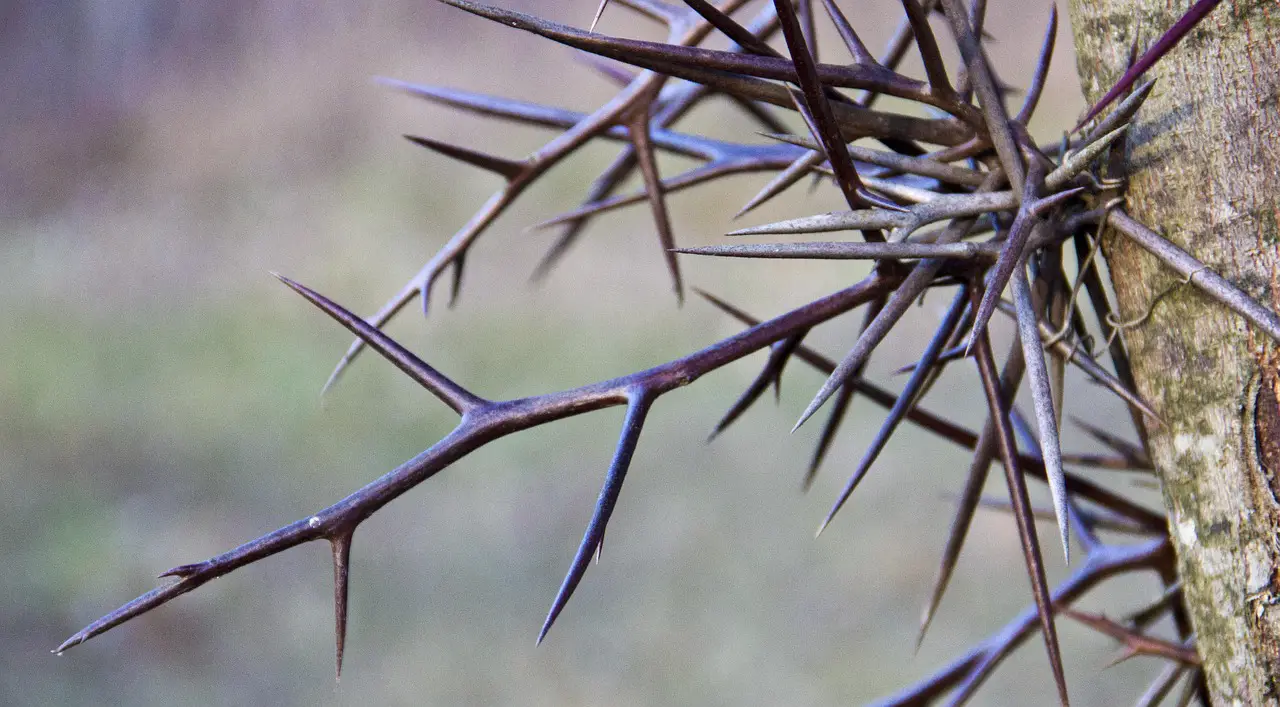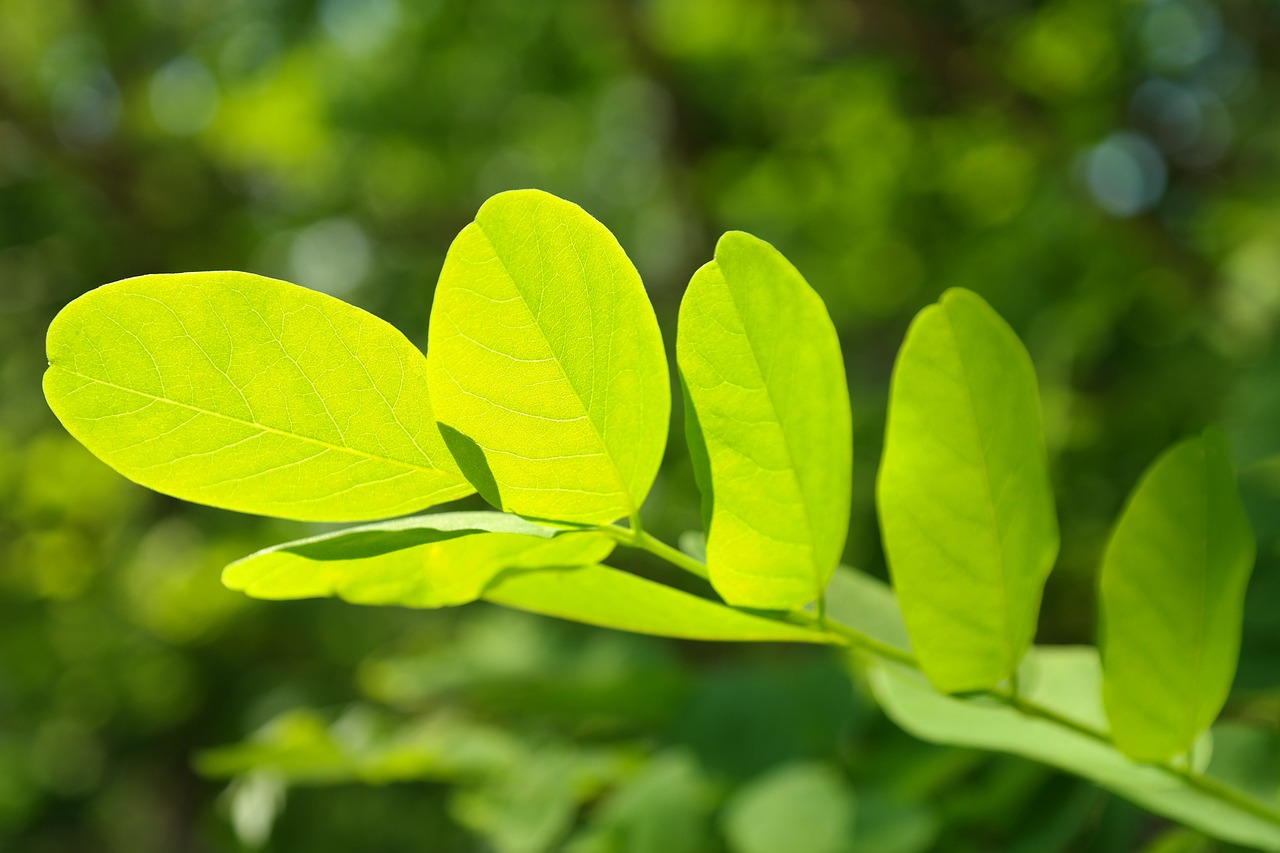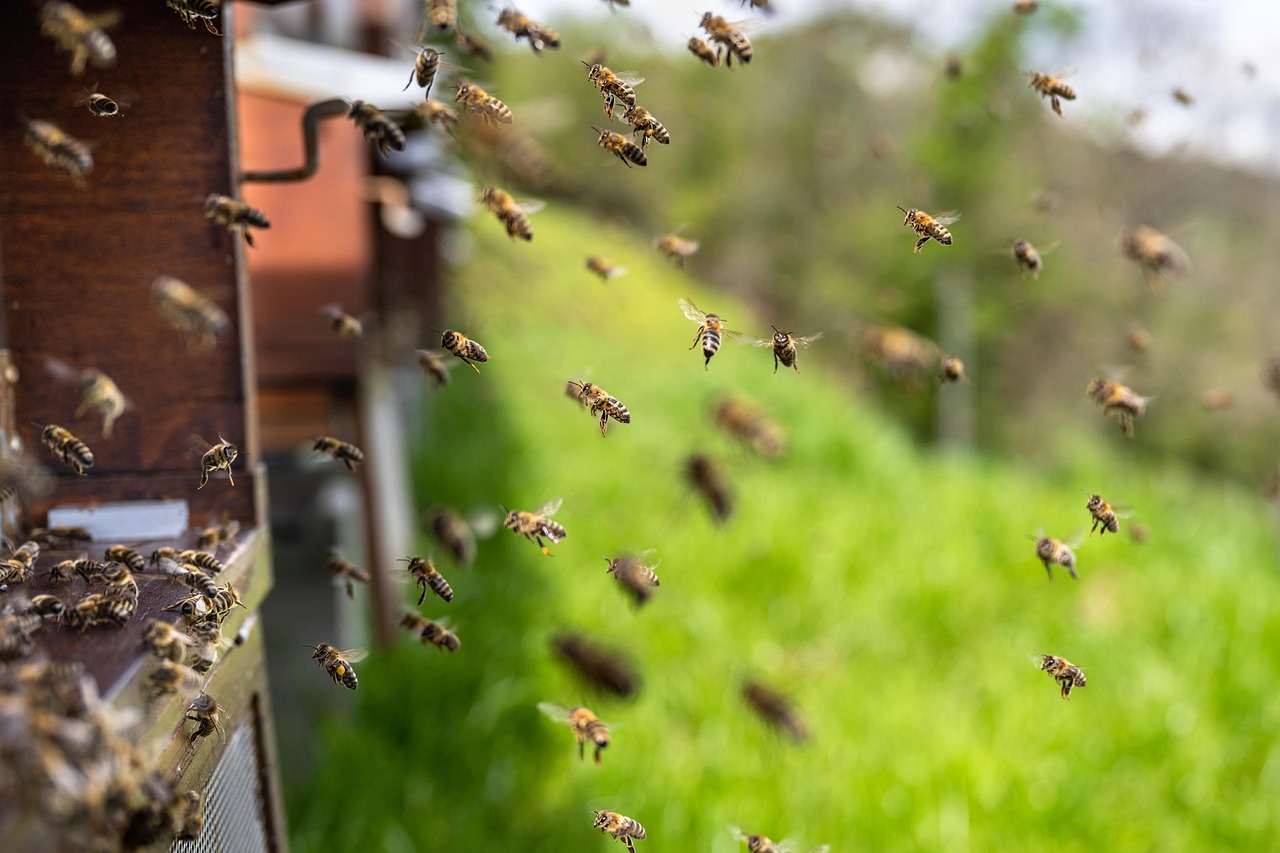Honey Locust trees are renowned for their rapid growth, reaching up to 2 feet annually under optimal conditions. They provide quick shade and screening, are adaptable to various soils, and are low-maintenance once established. Proper site selection, watering, and pruning are essential for healthy development and maximizing their landscape benefits.
Going back, I’ve always loved how its delicate, tiny leaflets create that light, airy canopy—gives the garden a breezy, relaxed vibe. I discovered that these trees are native to North America, which makes them quite resilient and adaptable in many environments. I’ve planted them in various soil types, from sandy patches to clayey spots, and watched them thrive. A good warning I learned early on: while they handle poor soil quite well, they prefer well-drained ground. Otherwise, I’ve found they tend to struggle with overly wet roots.

Honestly, I always appreciated how quickly this tree establishes itself. Under optimal conditions, it can grow a full 2 feet annually! That might sound fast, but I’ve seen it in action—before I knew it, I had a sizeable tree giving me shade and privacy in just a few seasons. That speed made it my go-to choice when I wanted instant impact in my landscape design.
Characteristics of My Favorite Tree
Seeing the Honey Locust up close, I noticed some unique traits that make it so appealing—and let me warn you, it’s not without minor quirks:
- Height: Usually reaching 30 to 70 feet, which I always kept in mind when choosing a spot in my yard.
- Spread: Its canopy can spread 30 to 50 feet, so I always made sure to give it plenty of space.
- Growth Rate: About 2 feet per year—trust me, patience isn’t needed here!
- Leaves: The small leaflets give it that feathery, delicate look I love, especially in spring when they first sprout.
- Flowers: Tiny, fragrant blooms that bring a gentle springtime aroma, which I always look forward to.
Something I really appreciate is its open canopy. It filters sunlight just enough—perfect if you want a bit of shade without blocking too much daylight. Over time, I’ve realized it’s low-maintenance; once mature, it needs little pruning to keep looking good.

I always found its tolerance for tough conditions impressive. During droughts and in poor soil, it keeps on truckin’. Still, I learned the hard way that well-drained soil yields the best growth. I once planted one in a slightly wet area, and it struggled to get established—lesson learned!
Pro-Tips and Common Mistakes I’ve Learned the Hard Way
When I first planted a Honey Locust, I underestimated how important site selection was. I learned quickly that giving the tree plenty of space—not just vertically but outwards—is essential to prevent future crowding. Always plan for the full spread of 30 to 50 feet to avoid pruning headaches later on.
I once planted one in soil that was slightly soggy, thinking it would handle it because of its reputation. That was a mistake; I saw it struggle to establish, and I realized well-drained soil is a must. Before planting, I now always improve the soil with compost if necessary, and I double-check drainage.
Initially, I thought I could ignore watering after the first few months, but I’ve learned that consistent watering during the first year is critical. Newly planted trees need weekly watering to develop healthy roots. Even though mature Honey Locusts are drought-tolerant, I’ve seen how drought stress can weaken them and make them more susceptible to pests.
Pruning is another area where I went wrong early on. I used to prune randomly, but I’ve found that late winter or early spring is best for removing only dead or damaged branches. Over-pruning can harm the tree’s natural shape, so I now resist the urge to cut too much.
A common mistake I see others make—and one I’ve been guilty of—is planting thornless varieties without checking their root and branch structure. Thorns can be a safety hazard, especially if you have kids or pets. I always opt for thornless cultivars like ‘Shademaster’ or ‘Skyline,’ which give all the benefits without the risks.
Lastly, I used to forget about seed pods. They’re pretty, but in fall they can create a mess and spread seedlings if not cleaned up promptly. I now make it a point to regularly remove fallen pods to keep my yard tidy and prevent unwanted sprouting.
By sharing these lessons, I hope you can avoid some of the pitfalls I encountered and enjoy the full beauty and benefits of a Honey Locust in your landscape.
Best Growing Conditions—From My Experience
From my trials and errors, I’ve realized that these trees thrive best with:
| Condition | What I Always Do |
|---|---|
| Soil Type | Ensure good drainage; I’ve used compost to boost fertility when soil was poor. |
| Sunlight | I always plant them where they get at least 6 hours of direct sun—full sun or partial, they do well. |
| Watering | Initially, I keep watering regularly until they’re established, then they become quite drought-tolerant. Still, I water during dry spells just to be safe. |
When I plant a Honey Locust, I always choose a spot with plenty of space—not just for height, but outwards too. Proper spacing prevents crowding and keeps the tree healthy. Trust me, planning ahead is well worth it!

One thing I always recommend is using these trees strategically for screening—whether blocking an unsightly view or creating privacy. Because they grow so quickly, you won’t be waiting long to get that perfect natural barrier. Just remember: giving them space when planting is key to ensuring they develop that dense, leafy privacy screen you want.
In my experience, the real beauty of Honey Locusts is also how they support local wildlife. Their flowers attract pollinators, and the pods are a favorite for many bird species. I’ve watched robins, sparrows, and even woodpeckers making the most of this tree’s offerings. It’s like inviting nature right into your backyard!
Benefits I Always Enjoy
- Aesthetics: The feathery foliage adds a soft, pleasing look to my yard.
- Shade & Comfort: The broad canopy keeps summer temperatures down, making outdoor lounging more bearable.
- Drought Tolerance: Once established, I don’t worry about watering during droughts—reduces my water bill too!
- Wildlife Habitat: It’s a mini nature reserve for birds and pollinators, which always makes my garden lively.
- Soil Benefits: Its roots help improve soil structure over time.
Environmental Perks I’ve Noticed
On a broader level, I’ve seen how these trees contribute positively: cleaning the air by absorbing CO₂, managing stormwater runoff, and supporting biodiversity. It’s rewarding to know my tree helps the environment in these tangible ways.

My Tips for Planting & Care
From my experience, choosing the right site is crucial. I always look for a spot with full sun—at least 6 hours—and enough space for the tree to grow outwards and up. Testing the soil pH and adding organic matter like compost before planting makes a big difference. Loosen the soil well, so roots can spread comfortably.
When it comes to watering, I always water newly planted trees weekly until they’re established—about a year. After that, they’re pretty drought-tolerant, but I still keep an eye on drought conditions and water during particularly dry spells. Fertilizing once or twice a year with a balanced slow-release fertilizer keeps the tree happy, but I avoid overdoing it—I’ve learned the hard way that too much fertilizer can lead to weak growth and more pests.
Pruning is simple; I always do it in late winter or early spring, removing dead or damaged branches to keep the tree healthy. I try to resist over-pruning—I love its natural shape and want it to stay that way.
Beware of Pests & Other Challenges
Though I’ve found Honey Locusts to be quite resistant, I always stay vigilant. I keep an eye out for locust borers—they can attack the trunk and stems if left unchecked. For them, I’ve found early detection with regular inspections and organic insecticidal treatments work best. If I spot galls or signs of aphids, I use insecticidal soap or introduce natural predators like ladybugs.
One warning based on my experience: some varieties have thorns, which can be a hazard if you have kids or pets. I always opt for thornless cultivars like ‘Shademaster’ or ‘Skyline,’ especially to keep the yard safe and friendly.
Naturally, I also tidy up fallen seed pods—while they add a rustic charm, their mess can be overwhelming in the fall. Plus, those seeds can sprout into unwanted new trees if not removed quickly. So, I always set aside time for cleanup each year to keep my yard neat and prevent seedlings from taking over.
Urban & Community Uses—My Perspective
I’ve witnessed how Honey Locusts transform cityscapes. They provide shade in parks, line streets, and become focal points in residential lawns. Their fast growth means urban areas get their cooling and beautification benefits sooner rather than later. I believe they help combat the urban heat island effect and make cities more livable—trust me, I’ve appreciated that especially during hot summers!
Cultural & Ecological Significance
This tree has been valued for centuries—the pods were historically used for food and medicine by indigenous peoples. Today, I see it as a symbol of sustainable, native landscaping. By choosing such trees, we support local ecosystems and honor nature’s design.
Final Word of Caution & Love
Growing Honey Locusts is undoubtedly rewarding, but like anything, they come with considerations. Their seed pods can be messy, and thorny varieties may pose risks. Still, I always recommend thornless cultivars—less hazard, more joy. With proper planning, care, and patience, I’ve found these trees to be lifelong friends in my landscape, providing beauty, shade, and ecological benefits that I truly cherish.
If you’re considering adding a Honey Locust to your property, I say go for it! It’s a resilient, fast-growing, and environmentally friendly choice that will serve you—and your local wildlife—for many years to come.
